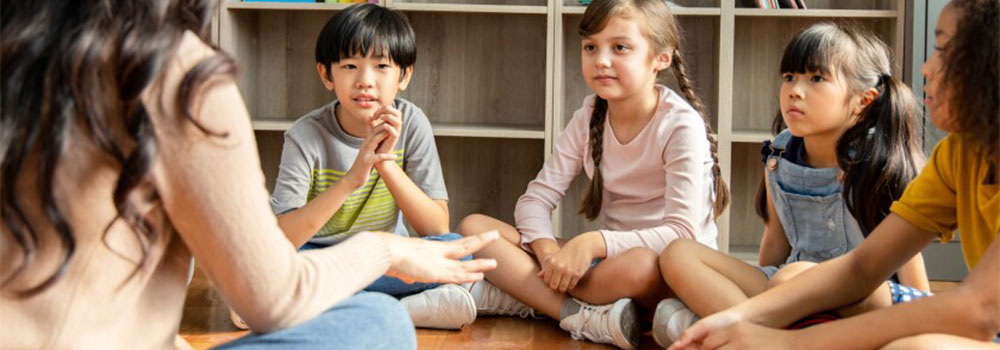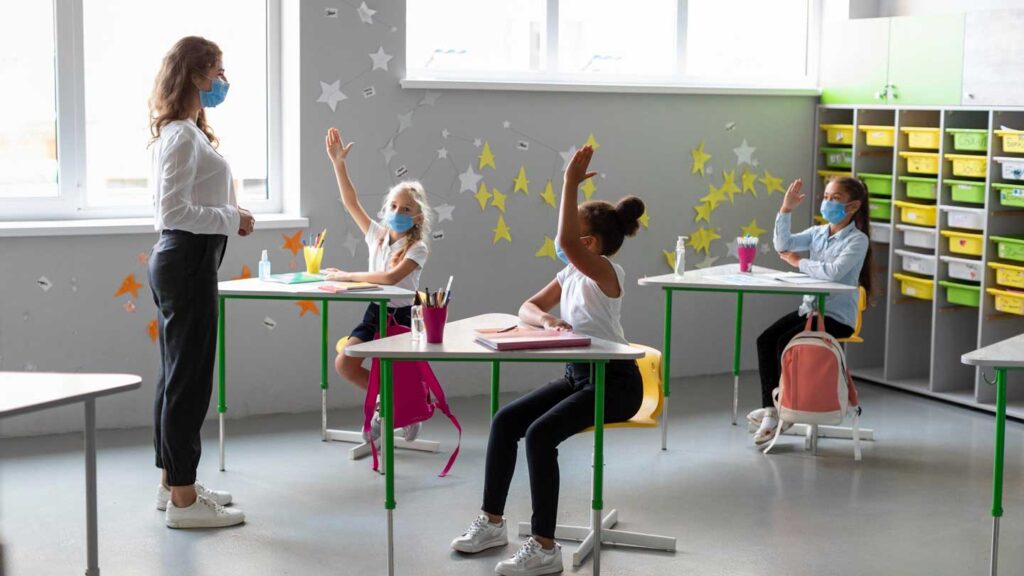Do issues and clashes disturb your classroom? Want to pull hair? Take a full breath! Helpful practices reestablish harmony and agreement. These positive methodologies assemble local area.
Recombine them with laurels. Correspondingly, circles become entities of strong competencies for the better development of communities. Students feel pride in their place, be it the town or the city where they grow up.
Students learn responsibility and compassion with restorative practices in education. Connections work on through open correspondence. Execute these systems for a quiet, useful learning space.
Create A Respectful Community With Classroom Circles

Hold the circles in a circle with the students to unlock the open discussions. The clear order of events hold viewers only involved in the movie. Kiddos are emotionally valued for who they are. Likewise, each personifies’ voice market noise in the sameness measure.
Deliberate at offering a similar feelings and contemplation. Discussion: Humanize the given sentence. A docent converse with the artifact reptile spoken in the voice of the artist. Just the holder talks. Others listen mindfully. Spaces which focus on safety and freedom to express. Such a place is usually a case of refuge.
Synch your conversations by validating on air. Promote mutual understanding and identify common dreams. The other success of study hall circles is that they raise the level of trust and familiarity among the students.
Simulate Empathy By Using Stories And Role-Playing
Story and drama use dramatic and news-breaking features to identify the problem and provide solutions. Sample on the Epic of Gilgamesh whose ending is peaceful. Conduct observational experiments to give you more information regarding choices and predictions.
Altogether with narrating our self-reflection and memoirs on activities’ influence comes to the surface through which we can see the results of our actions. Playing role-playing game makes player smart and critical.
Lastly, sharing thoughtful expression choses engagement and acquirement. Narrating not only helps shed light, but also stimulate minds and conversation. Through traveling kids get a lot of experiences and they still achieve what they have planned to do.
Apply Affective sentences in your open dialogue.
Unlike the other proclamations, this one lays out essential considerations and wishes directly. Model utilizing “I” proclamations like: “To tell the truth, I often find myself frustrated with work being shoddy.” “However, I am nervous at work anytime I don’t adhere to rules and instructions.”
Secondly, some expressions that are full of emotion example alienate us from the comrade empathy. This specie-reflection skills are creation of social-ability to understanding and value people from the inside.
Request that students practice as well. Guide them communicating points of view gainfully. Hearing each other’s perspectives encourages compassion. Thus, common comprehension upholds cooperative critical thinking.
Facilitate Peer Mediation For Conflict Resolution
At the point when issues emerge, draw in students in intervention. Select impartial companion arbiters to work with. Disputants share individual stories and sentiments first. Arbiters pose inquiries for clearness.
Then, at that point, they rehash central issues fair-mindedly. Disputants feel appreciated and comprehended. Then, they conceptualize goal thoughts themselves. Middle people guarantee compromises are reasonable and pleasant.
Thusly, arrangements feel fair not entirely settled. Intervention additionally creates compassion and responsibility. Disputants gain new viewpoints on influences. In rundown, this comprehensive cycle fixes connections proactively.
Implement Restorative Circles For Addressing Harm
Talents stories help to provide with a moral compass. Besides performing productions, foundations provide some educational facts about Human rights. Students get better understanding for the feedback loops first and then move towards participation.
Examine who got injured and how to engage elementary students in online learning. Every individual offers profound viewpoints transparently. Wrongdoers hear firsthand about outcomes and harms. Feeling the hurt forms sympathy and regret.
Our youngsters turn their attention to choosing a side in their deliberations only later on. The fact that stories have patience as a virtue in common shows that they are built around temperance traits like empathy and honesty.
Conclusion
Agreeable study halls come from supportive practices. Assemble people group through deferential circles. Cultivate sympathy through narrating and pretend.
Convey transparently utilizing full of feeling proclamations. Resolve clashes through peer intervention. At the point when damage happens, recuperate with supportive circles.
These methodologies develop responsibility, understanding, areas of strength for and. Execute them for a serene, positive learning climate!

